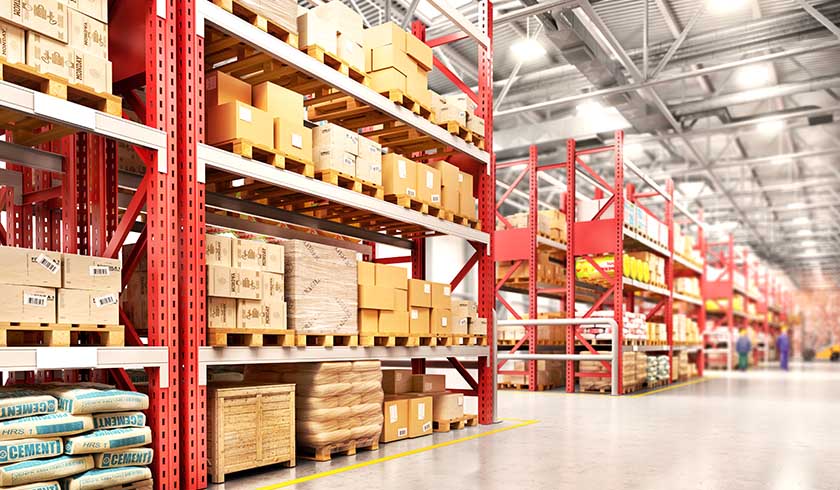E-commerce drives record $14bn year for industrial investments
With online shopping cementing its footprint in Australian consumer behaviour, warehouse space has proven to be one of the country’s hottest commodities.

Demand for the industrial sector from developers, investors and tenants climbed even higher in Q3, according to Knight Frank Australia’s industrial market report.
Investor volumes in industrial and logistics real estate have already reached a record for the year, with 2021 not yet over. Currently sitting at $14 billion, it’s a 72 per cent increase on 2019’s pre-pandemic high of $8 billion.
Australia’s eastern seaboard has been the region to benefit the most, with 82 per cent of the activity concentrated in the area.
Katy Dean, director, head of industrial research at Knight Frank Australia, said that competition for industrial space is only continuing to intensify, with take-up of existing stock on the east coast growing 25 per cent above the five-year average in Q3 to 500,000 square metres.
“This, in turn, is pushing some markets like Sydney’s western precincts and Melbourne’s west and south-east to a critical shortage of prime existing stock, and therefore compressing the volume of available secondary supply considerably too,” Ms Dean noted.
The volume of available secondary supply for facilities of over 5,000 square metres is now at its lowest level since 2011, having shrunk by 45 per cent over the last 12 months alone.
Savvy investors were clearly not slow to snap up space even in the midst of the pandemic as facilities needed to respond to the e-commerce boom became highly desired.
“Record volumes of investment capital continue to flow into the industrial sector, with investors also pushing up prices through acquisition and development activity,” Ms Dean stated.
“This demand has created powerful tailwinds in Q3, resulting in further contraction of vacant space and the return of rental growth rates of 1 to 2 per cent over the quarter in most markets.”
According to Knight Frank’s data, interest in the sector doesn’t show any signs of slowing.
“We expect to see further strong rental growth and investor interest in this sector throughout 2022, underpinned by low vacancy, supply constraints, the continued expansion of e-commerce, and intensifying competition for space,” Ms Dean predicted.
Desire for industrial space is so high that demand has flowed over into land with development potential. A shortage of adequate sites has subsequently pushed up land value in Q3, with the average aggregate price of small lots increasing 4.1 per cent and one- to five-hectare lots increasing 5.8 per cent.
Future supply chains, too, are feeling the demand. Knight Frank reports the development pipeline in 2022 is set to reach record heights, with approximately 2.6 million square metres of new facilities planned.

